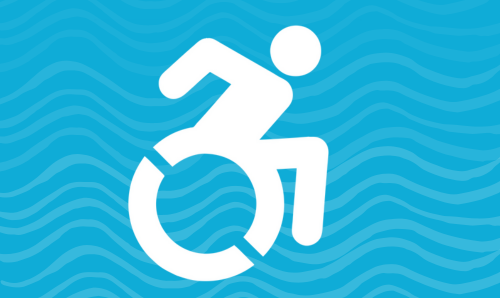The Independent Living Movement is grounded in the belief that people with disabilities should have the same rights and opportunities as everyone else, including the right to live independently, make decisions about their lives, and participate fully in our community. It has changed the public perspectives towards people with disabilities and increased their opportunities to contribute as part of an inclusive society for all.
People with disabilities best understand their needs and should be in control of the programs and services that are designed to assist us. Independent living is what you decide it is.
Key Principals of Independent Living
Self-direction – “Being able to make decisions.”
Independent living is about the freedom to make choices. Individuals with disabilities have the right to decide about his or her own lives even when they may need assistance in their daily activities.
Empowerment – “Living to one’s fullest potential.”
Independent living is the process of a person with a disability taking control over all aspects of his or her life and taking responsibility for the consequences of their actions.
Not being dependent: “Not needing help from others.”
Independent living means what it says it is; living on one’s own and doing things for oneself with no or minimal assistance.
Interdependence: “It’s not about independence anymore.”
Independent living means reaching the same degree of freedom as “our non-disabled peers.”
Consumer Control
Consumer control is embedded in the Independent Living Movement. People with disabilities should have control and a say over the services and/or the various supports they receive, allowing them to make decisions that impact their lives. We believe that consumer control goes hand in hand with empowering individuals with disabilities to advocate for their rights and lead independent lives by putting their best foot forward in everything they do.

